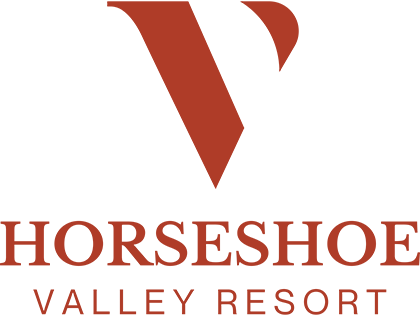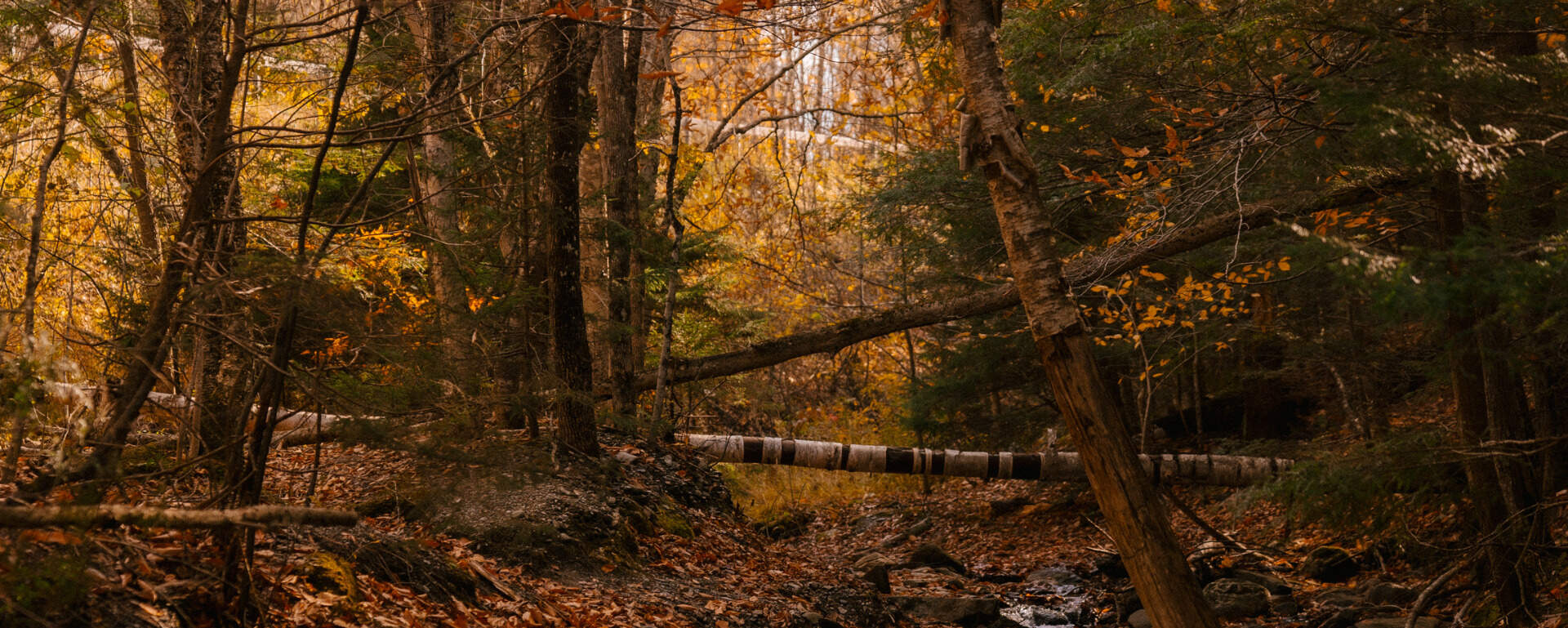Land Acknowledgement
We at Horseshoe Valley Resort would like to respectfully acknowledge that THIS LAND IS the traditional territory of the Anishnaabeg people.
Situated between many larger lakes, such as what is known today as Georgian Bay and Lake Simcoe, and nearby streams and rivers, this area is a key location for trade, lush natural resources, and more. Within the land surrounding Horseshoe Valley Resort, there are a variety of natural habitats for wildlife, including marshes, forests, open fields, and lakes.
Although some Huron-Wendat archaeological discoveries have been recorded, no settlement has been recorded within the Copeland Forest and Horseshoe Valley. This is due to the wet and low conditions, which likely made traditional lodging inconvenient.
- The Williams Treaties were signed in October and November 1923 by the governments of Canada and Ontario and by seven First Nations of the Chippewa of Lake Simcoe (Beausoleil, Georgina Island and Rama) and the Mississauga of the north shore of Lake Ontario (Alderville, Curve Lake, Hiawatha and Scugog Island). Learn About Huron-Wendat Nation

Together, we honour all Indigenous peoples.
We honour First Nations, Métis, and Inuit peoples for their cultures, languages, wise teachings and ways of being, and stewardship and protection of the lands and waters—and life—that have shaped this country.
- This region is first known to be the territory of five Iroquois nations including Attinniaoenten (“people of the bear”), Hatingeennonniahak (“makers of cords for nets”), Arendaenronnon (“people of the lying rock”), Atahontaenrat (“two white ears” i.e., “deer people”) and Ataronchronon (“people of the bog”). These Indigenous people, despite their lineage from different nations, all speak the Haudenosaunee language. As these regions were pushed further South in the province (to what is now known as Six Nations after the joining of the Tuscarora peoples in 1722), the Anishnaabeg of the North settled in the Simcoe County area. The Anishnaabeg were well-known for their fur trading.
- The Anishnaabeg are comprised of the Three Fire Confederacy Algonquin nations. This includes the Odawa, Ojibwe/Chippewa, and Pottawatomi peoples. This large nation is sometimes synonymously identified as Ojibwe, but Anishnaabe also refers to the larger group that includes all three nations. The Anishnaabeg nations located in this area are the descendants of the three nations once situated on the Coldwater-Narrows reserve. They are now known as the Chippewa Tri-Council. Learn more about the Coldwater-Narrows Reservation Surrender Claim.

We are grateful to be here. We hope you are too.
Together, we commit to acknowledging, learning, and creating opportunities to honour sacred places. We also commit to taking action toward Truth and Reconciliation in support of our commitment to wellness for all and to walking the path together in respect, peace, and harmony for future generations.
our current actions
- We work alongside Indigenous groups to enable safe gatherings, including the ceremonial practice of smudging in resort spaces.
- We collaborate with artists to highlight the intersectionality of Indigenous peoples in Ontario.
- We continue to welcome discussions for partnerships with Indigenous creators.
- We acknowledge the history of the territory.
- We respect the land on which Horseshoe Valley Resort operates; our team works alongside advocates of Copeland Forest Friends.
- We support local museum initiatives, such as the Peoples Gallery, to educate the public about Indigenous stories, history, and continued stewardship.
G’chi miigwech. Thank you very much.

